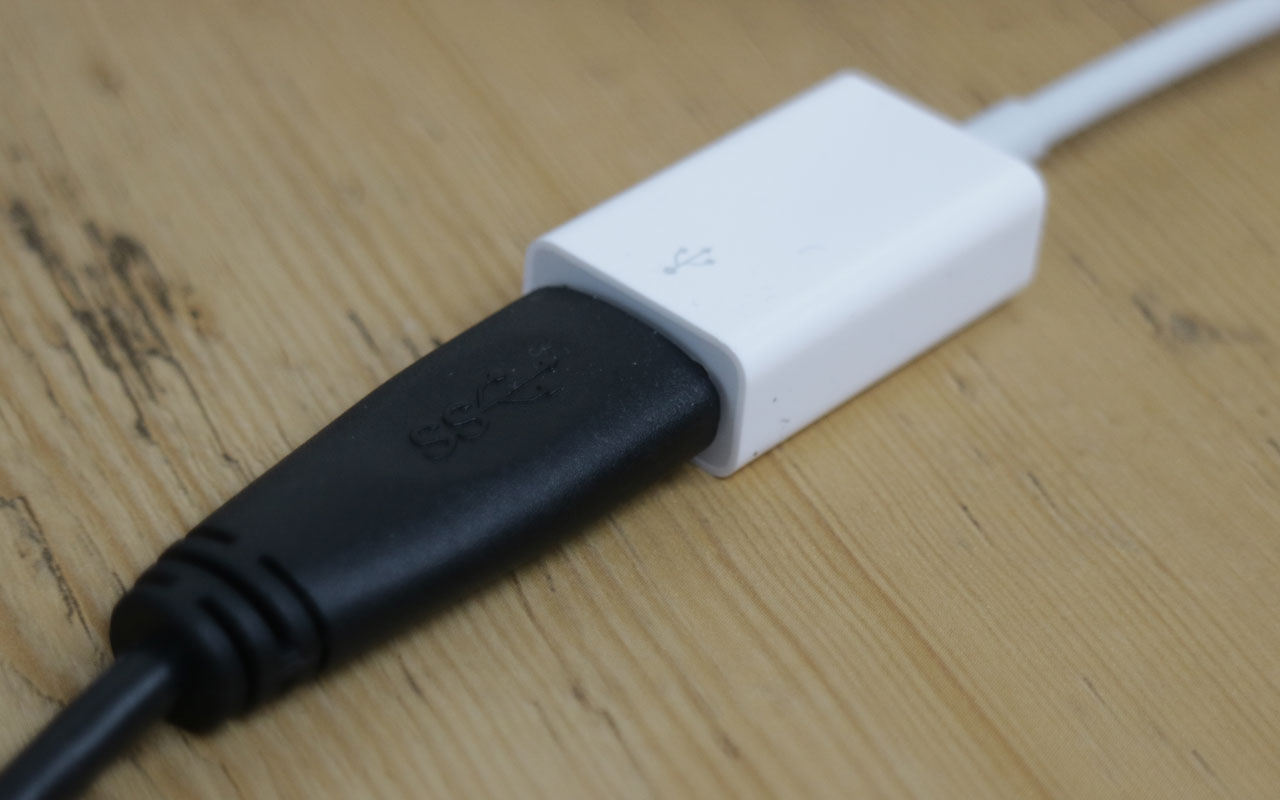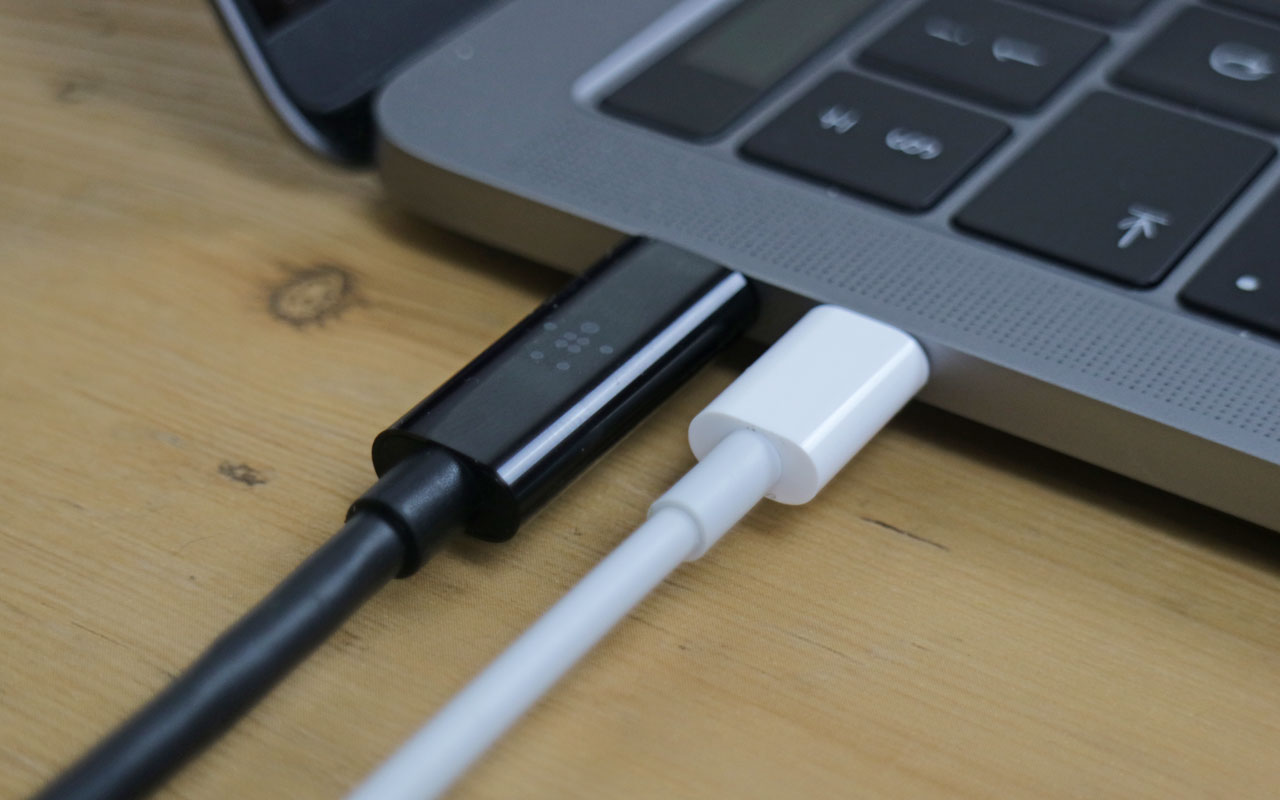Forget Adapters! Upgrade Your External HDD TO USB-C
Today’s post is a thinly veiled review of the Belkin USB 3.1 USB-C to Micro-B Cable. Cable reviews are perhaps the most boring thing in the universe, so I’ll keep it brief.
The presence of USB-C, and only USB-C, on the new late 2016 MacBook Pro (and, indeed, the MacBook) has led to some amount of outcry among power users with an armada of existing peripherals. Looking at the frankly ridiculous number of ports on my old Retina MacBook Pro I can totally see why this might be the case. The switch from dedicated ports, to needing an adaptor, feels inherently like something is being taken away.
But, despite the cost and annoyance of adapters, that’s not the case. USB-C is laying the groundwork for new and exciting things. Faster peripherals, external desktop-class graphics, docks that connect your entire desk, plus power, though a single port.
For the time being, though, it *is* mildly irritating that, without an adapter, dock, hub or otherwise, your existing peripherals are left out in the cold.
The official Apple USB-C to USB adapter is such an example. The outcry was such that Apple (temporarily, I believe) halved the price of their adapter to £9. That’s not too bad, so I picked one up right away. Apple’s own adapter is well designed- featuring a short connector at the USB-C end, and leaving a clunky middle where the USB connector plugs into it. It’s a handy way to convert anything with a fixed cable and it does what it says on the tin.
But what if you’ve got an external hard disk that has a removable cable? Connecting the wrong cable, to an adaptor, to get a USB-C connection when the whole cable could be replaced seems loony. And it is.
Enter Belkin’s USB-C to Micro-B cable. This simply replaces the USB3 cable your external hard drive came with, effectively “upgrading” it to USB-C. Of course, it doesn’t actually give you USB-C speeds, since the end that connects to your hard disk is still USB3, but the replaced cable is good for a couple of reasons.
First, it’s neater. Sure, that’s an incredibly superficial reason, but having an adapter and a USB3 connection stuck in plain view on your desk right next to your brand new high-tech laptop is really quite irritating. Don’t take my word for it, because of the short adaptor cable you can’t tuck the ugly join away, so *this* is what you’re stuck with:

Second, it’s single-purpose. That sounds like a bad thing, but because this cable only works with your external hard drive (much like the one it’s supplied with) you’ll leave it plugged in, and already be in the habit of carrying it around with your drive. That means the USB-C connector is always there and ready to go, no hassle if you forget the adapter.

Neat. Tidy. That’s what I like to see.
So, since this is as much a review of this particular cable, as just bringing the fact you can replace cables to your attention, what’s good and bad about the Belkin cable in particular?
The Good (Ignoring, of course, it’s main benefit)
It’s long. 1m in fact. More than twice as long as the cable originally supplied with the hard disk. That means the disk can be tucked away out of sight.
It’s decently thick and evidently good quality.
The Bad
The USB-C connector is really, really long. USB-C is a great thing, but unless we start to see drastically reduced connector sizes then I think the principle of leverage is going to have some stern words with our precious ports.

It’s just shy of double the length of Apple’s connector, which makes me nervous. It’s a good thing the MacBook Pro’s USB-C ports are surrounded by some reasonably tough aluminium, to avoid any casual knocks simply ripping them off the logic board.
Now I’m just guessing, but I suspect it’s long because it’s where the USB-C to USB3.1 conversion is happening. Why not put it at the other end of the cable? Or in the middle? Well, presumably because the former would require the entire cable to be USB-C compliant, which may involve more wires, better shielding and more cost, and the latter (aside from looking ridiculous) would again be costlier, and have the same problem.
Ludicrously long connector aside, the cable is great, and a neat solution to one branch of the USB-C switch problem. It can easily be swapped between external disks, too, if you have more than one.
Thank you to MobileFun for supplying this cable so I could write this post. They’ve got a whole section of USB-C accessories, covering USB-C endowed mobile phones and laptops, which I recommend checking out.